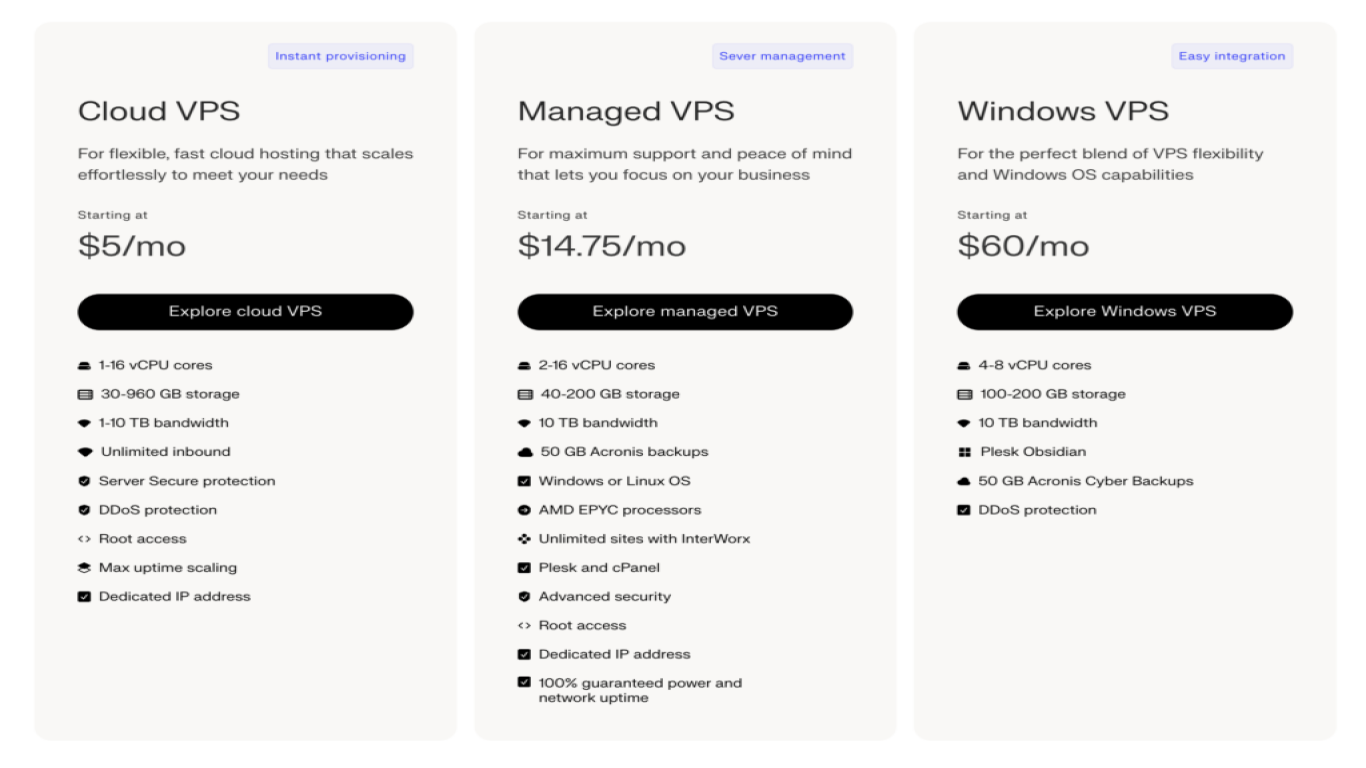How to Scale Your Website with a VPS
How to Scale Your Website with a VPS
In the fast-paced world of digital business, having a robust online presence is paramount. A Virtual Private Server (VPS) can be a game-changer for website owners looking to scale their infrastructure without the hefty costs associated with dedicated servers. Understanding how to effectively scale your website using a VPS can help maintain your site's performance during traffic surges while ensuring reliability. Let's dive deep into the realms of VPS and unravel the steps to seamlessly scale your website.
Understanding the Basics of VPS
Before we delve into scaling, it's crucial to understand what a VPS is. In simple terms, a VPS is a virtual machine offered by a hosting service that mimics the experience of a dedicated server, albeit in a shared environment. A single physical server will host multiple VPS, each isolated from the others, providing flexibility and control similar to that of a dedicated server.
Keywords: VPS, Virtual Private Server, VPS hosting
Why Choose a VPS for Scaling Your Website?
Choosing a VPS is a strategic decision when you're planning to scale up. Here are the reasons why a VPS stands out as a popular choice:
- Cost-Effectiveness: VPS solutions often come at a fraction of the price of dedicated servers, allowing businesses to invest resources in other critical areas.
- Customization: VPS provides users with root access, enabling complete control over the operating environment, software, and applications.
- Scalability: As your site grows, you can easily increase your VPS resources without migrating to a new server.
- Performance: It offers better reliability, security, and performance compared to shared hosting.
Keywords: choosing VPS, cost-effectiveness, customization
Steps to Scale Your Website with a VPS
Scaling your website on a VPS involves strategic planning and execution. Here's a step-by-step guide on how to go about it:
1. Understand Your Baseline Performance
Before scaling, it’s essential to gauge the current performance of your website. Use analytics tools to monitor metrics such as traffic load, server response time, and page load times. This data will help you identify which areas require immediate attention when scaling your resources.
Long-tail Keyword: website performance monitoring tools
2. Choose the Right VPS Provider
Selecting the right VPS provider is paramount. Compare providers based on uptime guarantees, customer support, scalability options, and server locations. A provider with a worldwide network will ensure reduced latency and faster content delivery.
Long-tail Keyword: best VPS providers for scaling
3. Optimize Your Website Architecture
To support scaling, your site’s architecture should be optimized for efficiency. This includes using caching mechanisms, employing a Content Delivery Network (CDN), and optimizing databases for quicker query resolutions.
Keywords: website optimization, CDN, database optimization
4. Increment Resources as Needed
With VPS, you have the flexibility to increment CPU, RAM, and storage as your site demands grow. This ensures that your site can handle increased traffic without compromising on performance.
Long-tail Keyword: increment VPS resources
5. Monitor and Adjust
Continuous monitoring is key. Keep an eye on your VPS performance metrics and be ready to make adjustments whenever necessary. Tools like Nagios or Zabbix can be invaluable for real-time reporting and alerts.
Keywords: VPS monitoring tools, performance metrics
Common Challenges and How to Overcome Them
Scaling naturally presents challenges. Here’s how you can overcome some common obstacles:
Challenge: Unexpected Downtime
Solution: Implement a robust monitoring system and set up alerts to quickly address potential bottlenecks.
Challenge: Security Threats
Solution: Regularly update your software and employ firewalls and malware protection tools.
Challenge: Data Migration Issues
Solution: Plan meticulously and test migrations in stages to mitigate risks of data loss.
Keywords: VPS challenges, server security, data migration
Conclusion
Scaling your website with a VPS is not only feasible but financially savvy. By choosing the right provider and judiciously increasing resources, your online platform can efficiently handle growth. Remember, continuous monitoring and optimization remain the cornerstones of successful scaling.
Keywords Summarized: VPS, website scaling, optimize performance
Frequently Asked Questions (FAQ)
1. What distinguishes VPS from shared hosting?
VPS offers dedicated resources in a shared environment, providing more control and performance compared to shared hosting, where resources are pooled together.
2. How scalable is a VPS?
A VPS is highly scalable. You can easily upgrade resources like CPU, RAM, and storage without changing your server environment.
3. Is VPS suitable for all types of websites?
While VPS is beneficial for most websites, especially those expecting growth, smaller static sites might not need the features offered by a VPS.
4. Can I host multiple websites on a single VPS?
Yes, you can host multiple websites on a VPS, but ensure you allocate sufficient resources to maintain performance.
5. What are the cost implications of using a VPS compared to a dedicated server?
Using a VPS is generally more cost-effective as it allows scalable resource allocation without the high costs associated with dedicated server infrastructure.
Implement these best practices for VPS scaling, and watch your website thrive even in the face of growing demands and traffic influxes!
#website #scaling #vps #webhosting #cloudcomputing
